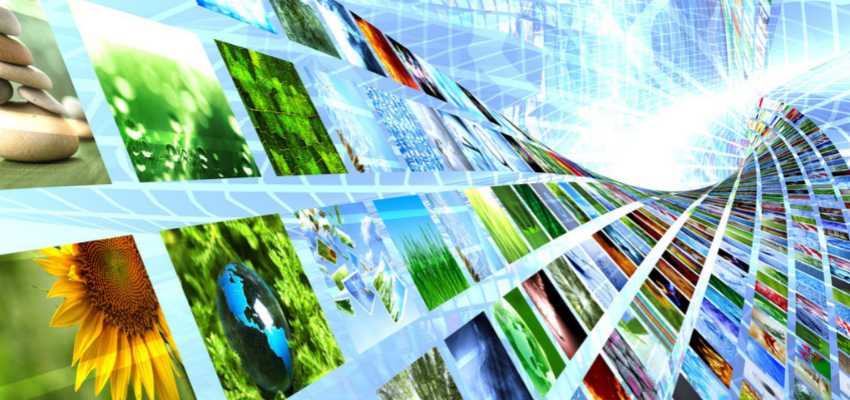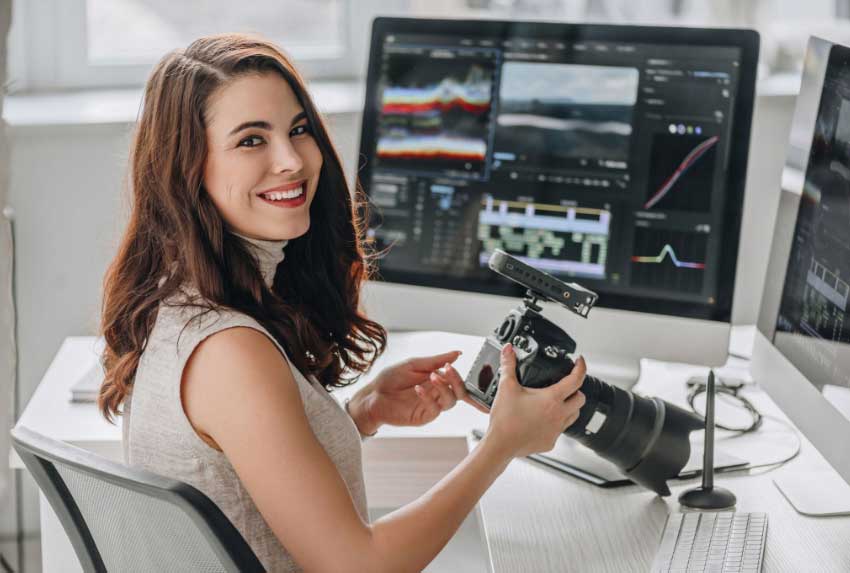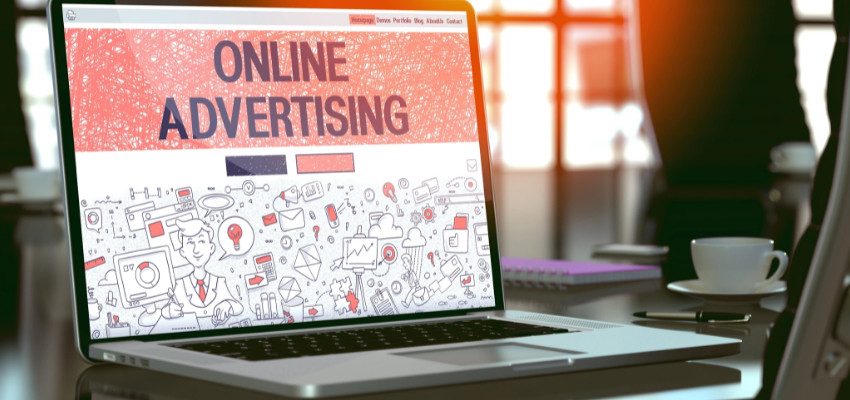Show:
From Pixels To Prints: The Tech Behind High-Quality Canvas Printing
Printing technology has come a long way, from crude stamps to 3D printing. Each iteration hastens the process while improving print quality and allowing printing en masse. Even as digital alternatives like digital photo frames become available, demand for physical photo prints remains high due to their sentimental value, among other advantages.

Canvas prints benefit from the progressive march of technology but also from conventional framing techniques. This article will focus on the former—how an accumulation of pixels becomes a picture worth more than a thousand words on cost-effective canvas.
Generative AI
Of all the technologies used in the canvas printing process, none perhaps exerts greater weight than artificial intelligence (AI). If anything, AI has made significant strides over the past several decades, so much so that there’s much talk about its ethics—a subject for another time.
Specifically, most canvas printing services make use of generative AI (also called GenAI). The system involves an algorithm, specifically a generative adversarial network (GAN), that analyzes prompts to generate content as per its understanding. Prompts often come in the form of text, but other media such as images and videos are also used.
GAN operates on constant improvement through a cycle of generation and feedback. To do this, it uses two neural networks: a generator and a discriminator.
- The generator is responsible for producing content based on real-world and input data. Once done, it runs the content through the discriminator for review.
- The discriminator assesses the content while learning to distinguish real data from fake data. It then updates the generator’s weights for more realistic content, known as backpropagation.
A good analogy for explaining the relationship between these two is a writer and editor. The writer creates the article or book, but it has to go through the editor before publishing. The editor then makes the necessary changes while informing the writer about what to do and not to do in their next write-up.
The only difference between GenAI and its human analogy is that the entire process occurs within seconds, in the case of images. Additionally, unlike the latter, the system won’t get tired of incessant request changes. The more it’s used, the more it learns.
Despite its advances in recent years, GenAI still suffers from several limitations. If you’ve been keeping up with stories involving unethical uses of GenAI, you may notice that it has the tendency to “hallucinate” or make things up. The risk is higher among large language models, a type of GenAI designed for natural language processing.
While the impact of AI hallucination isn’t as much of a headache for images as for other forms of content, it’s a headache nonetheless. It can result in a high-quality canvas print that appears abstract, which can be good or bad depending on the user’s preferences.
Inkjet Printing
Producing photos was backbreaking work centuries ago. Around the mid-1800s, the most viable method involved drenching the paper negative in a salt solution, coating it with silver nitrate, and leaving it out in the sun behind a glass pane.

These days, there are almost no negatives to process in a chemical bath. Digital images are now stored on computers and can be printed directly on any substrate of choice—all while showing vibrant colors as they appear in the real world. Such quality wouldn’t have been possible without the steady evolution of printer and printer ink technology.
A widely employed form of canvas printing uses an inkjet printing system. This system uses canvas printers with tiny nozzles known as “jets,” which distribute the ink in precise locations across the medium. Owing to its popularity among personal users, inkjet printing produces quality prints for a lower cost compared to other printing methods.
However, inkjet prints normally come out wet and require some time to dry. It also doesn’t help that porous substrates like canvas risk the ink permeating deep, causing blotting and reduced image quality.
Canvas printing and other forms of large-format printing work around this by using latex ink. Although this ink consists of 65% water, its water content evaporates from the heat from printing and airflow once it’s out. The residual polymer bonds with the canvas material well, allowing the print to withstand indoor and outdoor conditions.
Between inkjet printing’s precision and latex ink’s resilience, the resulting canvas prints are nothing short of fine art-grade. Imagine custom pet portraits on your wall that appear as if they belong to an art gallery. Coupled with a system that enables customization on your end, the results speak for themselves.
Photo Editing Software
Bill Gates once said that automation applied to an efficient or inefficient process will only magnify its efficiency or inefficiency. The same can be said of printing, as any print is only as good as the photo itself. Fuzzed-out, poor quality images will result in low print quality.
Back then, as much as a photographer wanted to take the best shot, the technology was limited, and the edit couldn’t reliably be hidden all the time. Besides editing, the only way to achieve this is to take another ideal shot as opportunity allows.

Today, advanced photo editing software like Adobe Photoshop allows photographers to enhance photos or make necessary edits to the subject and its surroundings. Some of the processes include:
- Removal of unwanted elements in-frame
- Enhancing image resolution (pixel count)
- Brightness and contrast adjustment
- Changing the original image’s perspective
- Pixel density (pixels per inch) adjustment
- Accurate photo reproduction on canvas
- Adjusting image resolution for larger prints
Conducting major alterations also falls within photo editing’s purview, though most users try to avoid this if possible to preserve authenticity. As such, custom canvas printing companies often encourage customers to submit images according to guidelines. For instance, they don’t advise taking photos on the same backdrop motif as the subject or with obstructions.
Still, if the issue is a protruding branch in the shot or a minor lack of proper lighting, photo editing software is more than enough for the job. A great shot makes for a high-quality print, be it on canvas or any other substrate.
Conclusion
Alongside high-quality canvas material and wooden frames, canvas prints harness image generation, editing, and printing technologies to deliver high-quality results. Proper application of tools and techniques ensures prints that comply with your preferences.

 Return to Previous Page
Return to Previous Page








